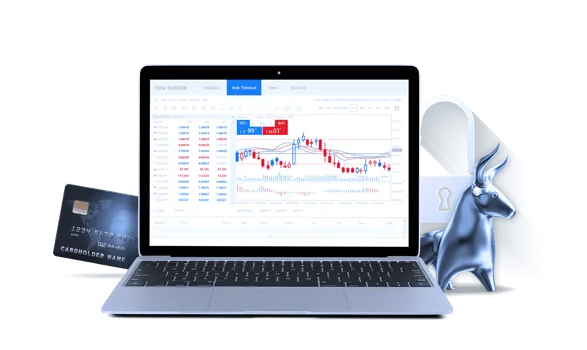If you know someone who has invested in the stock market, then you might have heard about Cfd trading. In simple terms, Contract for Difference (CFD) trading is an agreement between two parties to exchange the difference in the value of an asset from the buying time to the selling time. Cfd trading is done using leverage, which means you can control a large position with a relatively small amount of capital. This way, you can benefit from the price movement of the underlying asset without actually owning it. Cfd trading has gained immense popularity recently due to its higher profit potential and ease of access.
Understanding Cfd trading:
Before you start trading CFDs, you need to understand the basic concept of contract for difference trading. In Cfd trading, you have two positions that you can take- buying or selling. If you believe that the value of an asset will rise in the future, you can take a long (buy) position. Conversely, if you believe the value will fall, you can take a short (sell) position – both are bets on the direction that the market will move.
How much capital do you need to start Cfd trading?
One of the main advantages of cfd trading is that you don’t need a large capital investment to start. The amount of money you need to start trading CFDs varies on the trading platform, but some platforms allow you to start with as low as $100. However, it is important to note that the amount you invest will affect your potential profit/loss, so you should always invest what you can afford to lose.
Benefits of Cfd trading:
Cfd trading is full of advantages that make it a modern investment method. Some of the benefits of Cfd trading include:
Leverage: Trading using leverage gives you a chance to make a profit from small price movements and turn them into larger gains.
Range of markets: Cfd trading gives you access to a range of global markets, including Forex, indices, commodities, and stocks.
No stamp duty: Cfd trading is tax-free in countries like the UK, Canada, and Australia, which means you don’t have to pay any extra charges for trading.
Short selling: CFDs allow traders to sell assets they don’t own, which enables them to profit from a declining market.
Tips for successful Cfd trading:
To be successful at Cfd trading, you should follow the following tips:
Invest in well-known markets: Stick to markets and companies that you’re familiar with and understand the news flow.
Manage your risk: Before making any trade, it is essential to have a clear plan on how to manage the risk of your investments. Use stops and limits to control your risk and lock in profits.
Practice through demo accounts: Demo trading is an ideal way to try out different trading styles and strategies without risking your money.
Always be prepared: CFD markets are volatile and ever-changing, so allow yourself ample time to study the market before committing any investment.
short:
Cfd trading offers many opportunities for people to make a profit, but like any other investment, there are potential risks involved. To be a successful CFD trader, you need to do your research, invest wisely and take care of your risk exposure. The good thing is that you don’t need to have a massive capital investment to begin trading CFDs. Adhere to the tips provided, and you will be on the right path to success in the exciting world of Cfd trading.
